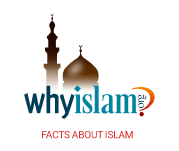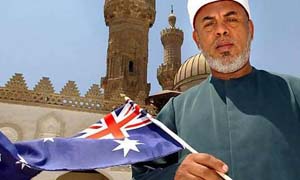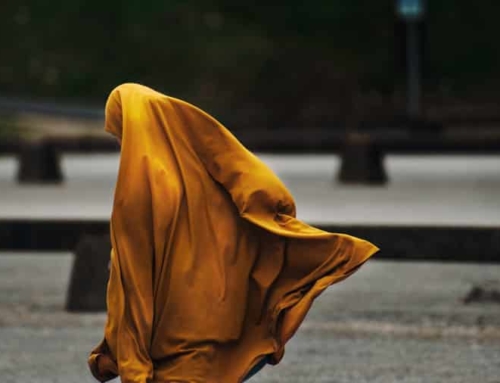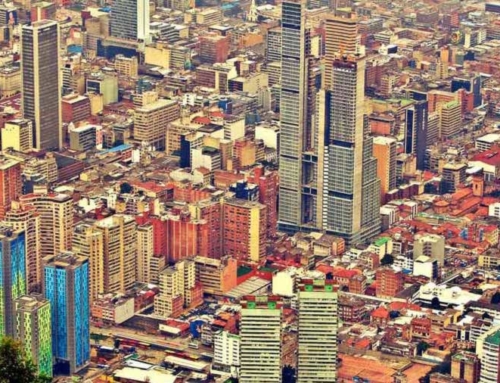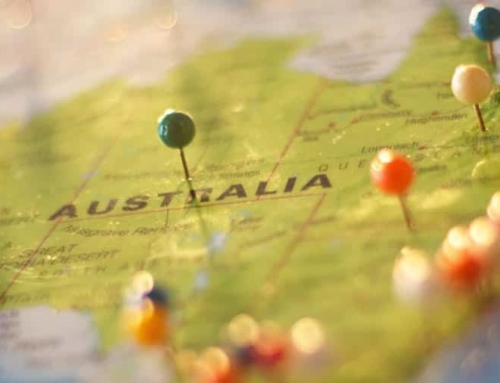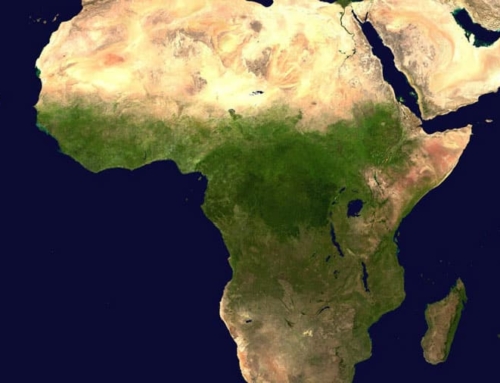The Success Story of Muslim Communities in Australia
The general picture of Muslims in Australia is of a predominantly urban, intricate mosaic of communities and relationships at various stages of development. … Overall, it is a success story, a remarkable achievement. In less than forty years, Muslim communities have established themselves and created social and community structures to support an Islamic way of life.
Mosques
Mosques, many of them of real architectural beauty, are no longer an exotic feature of the Australian landscape, and behind one or two of them, there is a century or more of history. They are genuinely places of prayer and the celebration of a Muslim identity.
The Success of Islamic Schools
Islamic Schools have had significant successes measured against the standards of the wider community, despite problems in the development of an appropriate Arabic language curriculum and teaching materials, and recruitment of competent teachers familiar with modern methods of instruction. They have provided for many Muslims a way of retaining and strengthening their religious and cultural traditions within an Australian context, seeing it as part of their mission to nurture the generation of Muslims who are at home with Australian society as well as with Islamic tradition.
The Acceptance of Muslims in Australia
While Islam may not be well understood, or its relationship as a monotheistic faith to Judaism and Christianity appreciated, Muslims are recognized as part of the religious landscape, a far cry from the Afghan pioneers who, despite the services they gave, were often considered aliens[1]. Even though pockets of intolerance still exist, the wider Australian community is not simply tolerant, but fully accepting of Muslims as persons, as it largely is now of individuals of any ethnic background or skin color. This acceptance is backed by a number of laws and institutions that protect ethnic minorities. Among the Commonwealth Acts in this regard are the Equal Employment Opportunity (Commonwealth Authorities) Act 1987, the Human Rights and Equal Opportunity Commission Act 1986, the Racial Discrimination Act 1975, the Racial Hatred Act 1995.
Shaping The Future of Australia
A significant proportion of Muslims is middle class, and well represented in the professions. …The life and activities of these Muslim communities show how Australia has changed since the end of World War II. In 1945 it was a monochromatic, monolingual country with a population of less than nine million. Politically, it had hardly escaped from the tutelage of Britain; racially, it was largely Anglo-Celtic, its skin pigmentation protected by the White Australia Policy (the Aboriginal population had been pushed to the fringes, and was not even counted in national censuses); religiously, it was dominated by three largely competing traditions of Christianity: Roman Catholic, Anglican, and the Free Churches; educationally, the fields of study that could be pursued were limited, and students with their eyes set on higher degrees had to go overseas. In the year 2000 Australia had more than doubled in population to more than eighteen million. The White Australia Policy has been abolished, and the country is home to a remarkable range of ethnicities, languages, and religious traditions whose rights and traditions are recognized under an umbrella policy with the admittedly ungainly title of multiculturalism. It has a sophisticated immigration policy – the 2000 target was 80,000 new immigrants per year. In addition, it has its own role in the community of nations, as well as its own pattern of engagement with Europe. The mother country, Britain, is now only a part of Australian identity, along with the Americas and the diverse nation states of postcolonial Africa, Asia, and Oceania, especially those that are its near neighbors. This is the Australia to which Muslims contribute as equal partners and in which they find a stimulus to develop and extend their ethnic traditions in their own way.
The Future of Muslims in Australia
All in all, the picture is one of great vitality on the part of Muslims, who, from many quarters, are welcomed by an older established citizenry. There are grounds for hope that the multiple convergences among peoples of different backgrounds who now share a common homeland will continue to lead to a clearer perception of common core values behind variegated cultural forms. People need to make the effort to reach out and across traditional cultural divisions and recognize the values and ideals they share. Then, it will become possible to see how diverse religious traditions provide an ultimate, transcendent authority for such values and provide the means by which they can offer principles of order in social life.
(Excerpted with permission from “Muslims in Australia: The Building of a Community” by Anthony H. Johns and Abdullah Saeed, in Muslim Minorities in the West: Visible and Invisible, edited by Yvonne Y. Haddad and Jane I. Smith, Altamira Press, 2002.)
[1] Christine Stcvcns, Tin Mosques and Ghantowns: A History of Afghan Camel Drivers in Australia (Melbourne: Oxford University Press, I989), I 50.
Got Questions?
We have Answers. Get in touch now.

